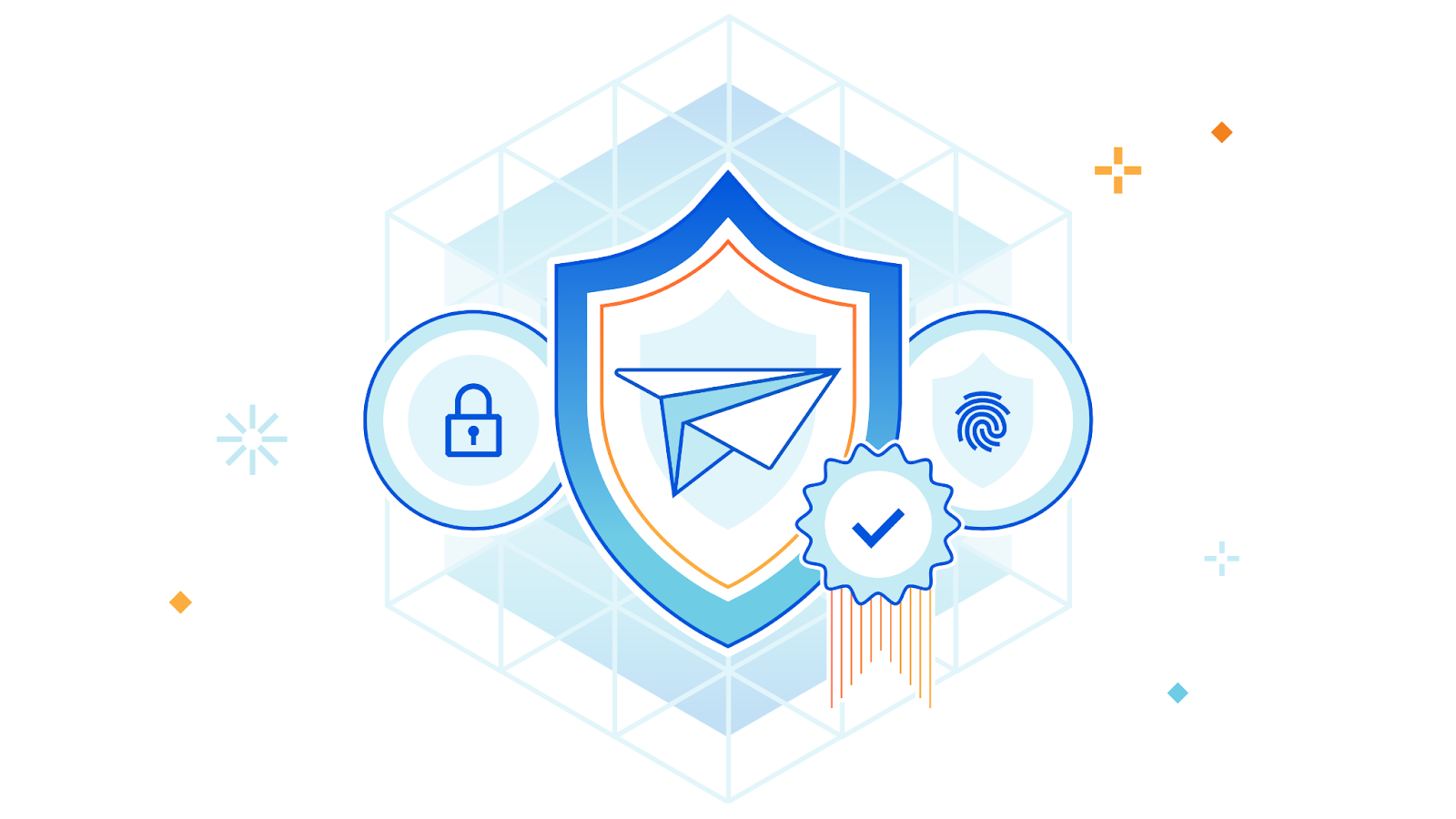0
Overview
When we get into the nuts and bolts of implementing a disaster recovery (DR) plan, an important step is to evaluate the tech stack that’s hosting the critical applications. The techstack oftentimes determines the order of operations and execution needed to effect the DR. Most organizations have the following tech stack pattern for their data centers:

Each of these layers has their own SMEs (Subject Matter Experts) who will need to work in tandem to address complexities and challenges during a DR event, and create a plan to ensure business continuity.
Challenges in creating a disaster recovery plan
“Everybody has a plan until they get punched in the face.” - Mike Tyson
Cyber attacks, natural disasters, human error, server failure–any number of potential events can bring on the need for disaster recovery. While the risk of experiencing a disaster event won’t go away, the negative impact of such an event can be drastically minimized with the right planning.
The following is a sample SOP to recover an application during a disaster. Depending on the needs of the organization, DR procedures could be simpler or more complex than the examples shown here. After monitoring systems have detected conditions Continue reading






